Embarking on a quilting journey can be both exciting and overwhelming, especially when it comes to selecting the right materials.
Among the crucial components of a quilt, the backing fabric plays a vital role. Understanding what quilt backing fabric is and its significance in the quilting process can greatly influence the outcome of your project.
In this comprehensive guide, we delve deep into the world of quilt backing fabric, shedding light on its composition, types, and tips for selecting the perfect one for your quilting masterpiece.
What is Quilt Backing Fabric?
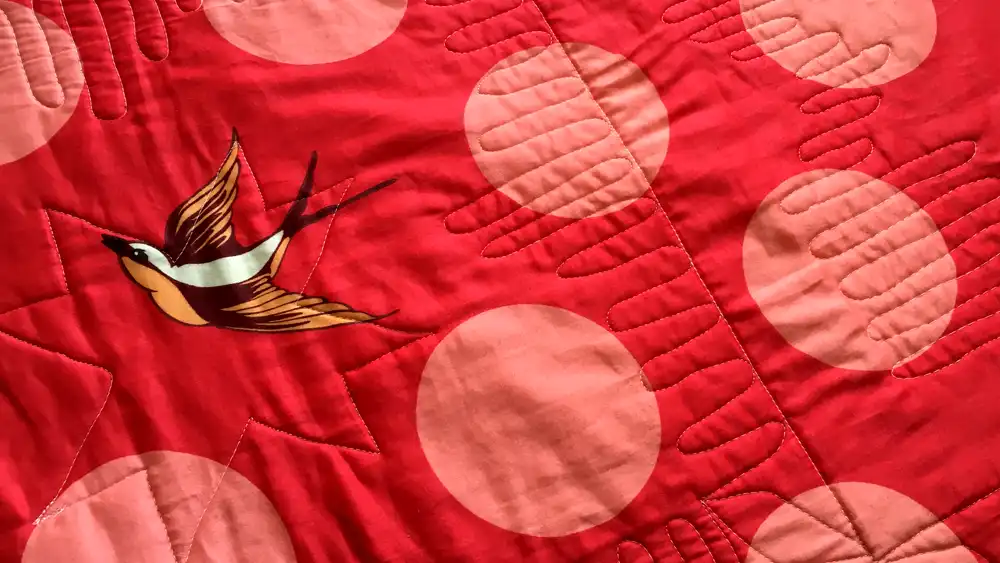
Quilt backing fabric is a foundational component of quilts, serving as the rear surface against the batting. It provides support and stability to the quilt, ensuring its durability and longevity.
While often overlooked compared to the intricate designs of the quilt top, the backing fabric is essential for creating a well-structured and visually appealing quilt.
What Kind Of Fabric Is Used For Quilt Backing

Various types of fabric can be used for quilt backing, depending on personal preference, desired characteristics, and the intended use of the quilt. Some common fabrics used for quilt backing include:
- Cotton: Cotton fabric is one of the most popular choices for quilt backing due to its softness, breathability, and versatility. It comes in a wide range of colors and prints, making it easy to coordinate with the quilt top. Additionally, cotton backing fabric is durable and easy to work with, making it suitable for quilts of all sizes and styles.
- Polyester Blends: Polyester blends are another common option for quilt backing, valued for their durability, color retention, and wrinkle resistance. Polyester backing fabric is often chosen for quilts that will be subjected to frequent washing and use, as it maintains its shape and appearance over time.
- Flannel: Flannel fabric is known for its plush texture and warmth, making it an excellent choice for quilt backing, especially in colder climates. Flannel backing fabric adds a cozy touch to quilts, providing insulation and comfort.
- Muslin: Muslin fabric is a lightweight and affordable option for quilt backing. It serves as a neutral backdrop for quilts, allowing the quilt top to take center stage. Muslin backing fabric is easy to work with and provides a clean and polished finish to quilts.
Ultimately, the choice of fabric for quilt backing depends on factors such as desired texture, color, and durability. Quilters may experiment with different fabrics to achieve the desired look and feel for their quilts.
Composition of Quilt Backing Fabric
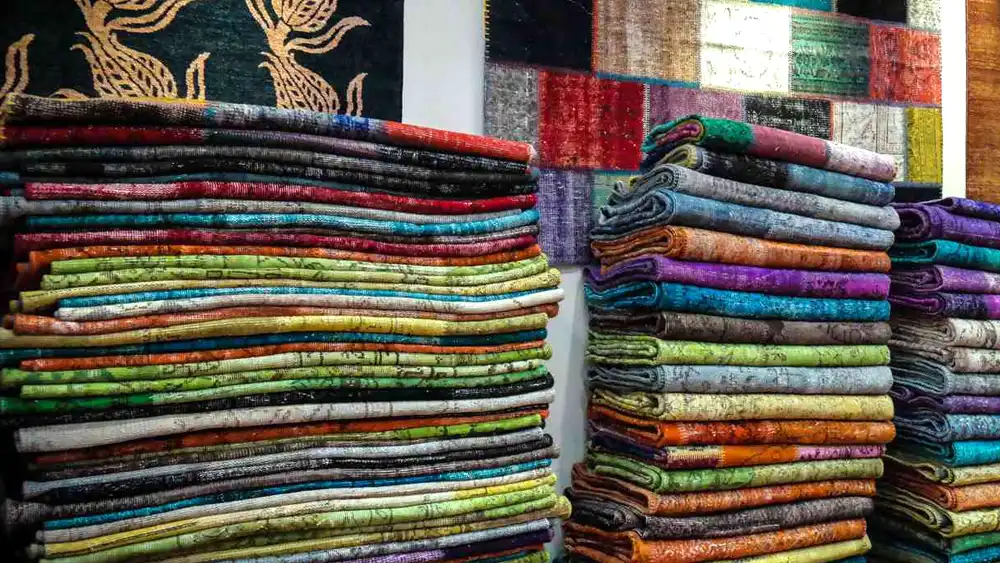
Quilt backing fabric is typically made from cotton or polyester blends, offering durability and ease of maintenance. Cotton backing fabric is preferred for its breathability and natural feel, while polyester blends are valued for their wrinkle-resistant properties. The choice of fabric composition depends on factors such as personal preference, quilt design, and intended use.
Types of Quilt Backing Fabric

- Cotton Backing Fabric: Renowned for its softness and breathability, cotton backing fabric is a popular choice among quilters. It provides a comfortable backing surface and enhances the overall texture of the quilt.
- Polyester Backing Fabric: Polyester backing fabric offers exceptional durability and color retention, making it ideal for quilts subjected to frequent washing and use. It is resistant to wrinkles and maintains its shape over time.
- Flannel Backing Fabric: Known for its plush texture and warmth, flannel backing fabric adds a cozy touch to quilts, particularly those intended for colder climates. It provides insulation while maintaining a lightweight feel.
- Muslin Backing Fabric: Muslin backing fabric is prized for its versatility and affordability. It serves as a neutral backdrop for quilts, allowing the intricate quilt top to take center stage.
Benefits of Quilt Backing
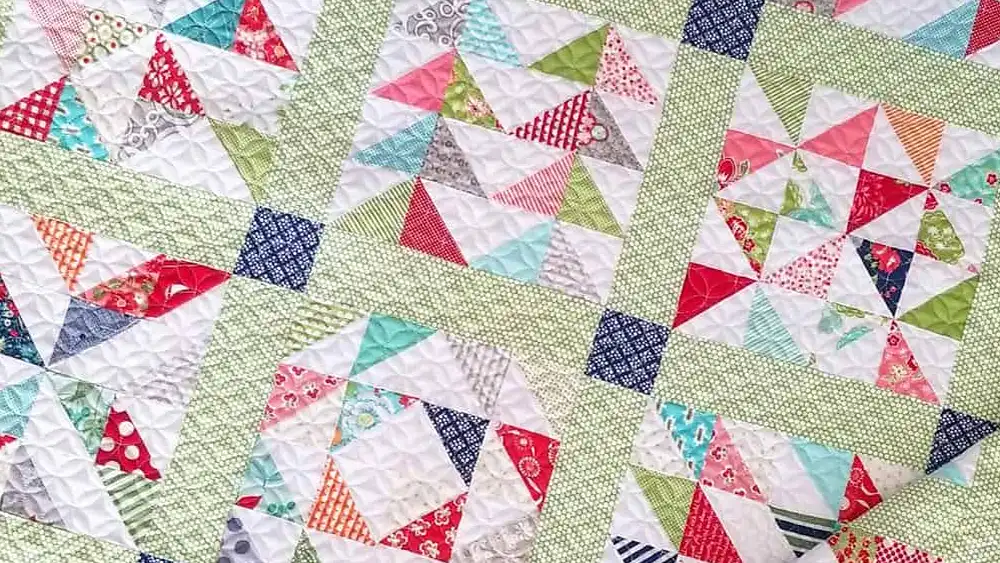
Quilt backing fabric offers several benefits that contribute to the overall quality and longevity of a quilt:
- Support and Stability: Quilt backing fabric serves as a sturdy foundation for the quilt, providing support and stability to the layers of batting and quilt top. This helps prevent distortion and sagging over time, ensuring that the quilt maintains its shape and structure.
- Durability: The backing fabric adds an extra layer of protection to the quilt, shielding it from wear and tear. By reinforcing the quilt’s construction, it helps extend its lifespan, making it suitable for everyday use and frequent washing.
- Aesthetic Appeal: While often hidden from view, the backing fabric plays a significant role in enhancing the overall appearance of the quilt. Choosing a complementary or contrasting backing fabric can add visual interest and dimension to the quilt, enhancing its beauty and charm.
- Comfort and Softness: Quilt backing fabric, especially those made from natural fibers like cotton, provides a soft and comfortable surface against the skin. This adds to the overall coziness of the quilt, making it perfect for snuggling up on chilly nights or relaxing during the day.
- Versatility: Quilt backing fabric comes in a wide range of colors, patterns, and textures, allowing quilters to customize their creations according to their preferences and style. Whether you prefer a classic, understated backing or a bold, vibrant one, there’s a backing fabric to suit every taste and aesthetic.
Quilt backing fabric is an essential component of quilts that offers both practical and aesthetic benefits. By choosing the right backing fabric, quilters can ensure that their quilts are not only beautiful but also durable, comfortable, and long-lasting.
Selecting the Perfect Quilt Backing Fabric
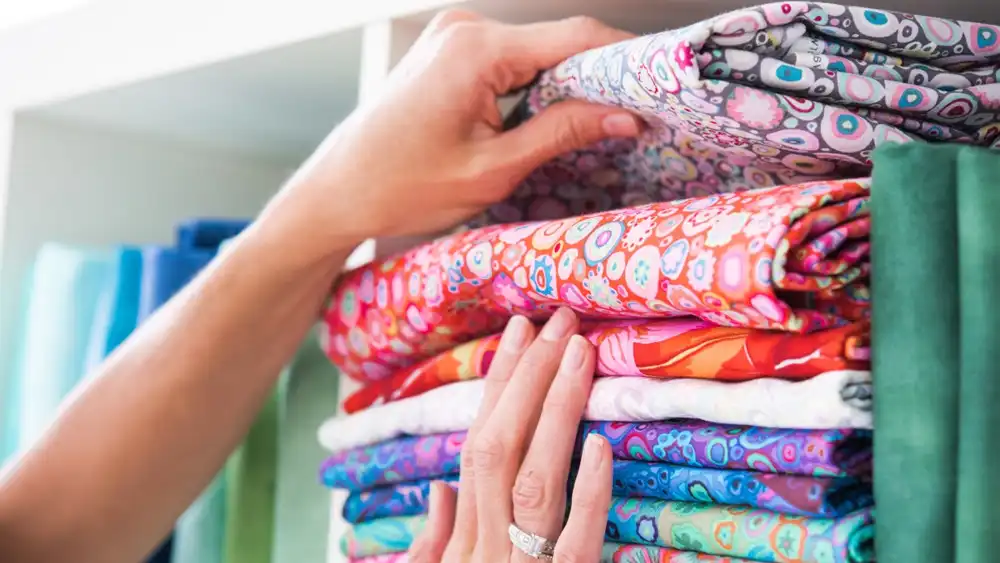
Choosing the ideal quilt backing fabric is a crucial step in the quilting process, as it can greatly influence the overall appearance and durability of your quilt. Here are some key factors to consider when selecting the perfect backing fabric:
- Color and Pattern: Coordinate the color and pattern of the backing fabric with the quilt top to achieve a cohesive look. Consider whether you want the backing fabric to blend seamlessly with the quilt top or provide a contrasting accent.
- Texture and Feel: Determine the desired texture and feel of the backing fabric based on your preferences and the intended use of the quilt. Some fabrics, like cotton, offer a soft and breathable feel, while others, such as polyester blends, provide a more durable and wrinkle-resistant option.
- Width and Yardage: Ensure that the backing fabric is wide enough to accommodate the size of your quilt without requiring excessive seaming. Calculate the required yardage based on the dimensions of your quilt, allowing for seam allowances and any desired borders.
By carefully considering these factors, you can select the perfect quilt backing fabric that not only complements your quilt top but also enhances its overall aesthetic appeal and durability.
What Will The Backing Fabric Cost
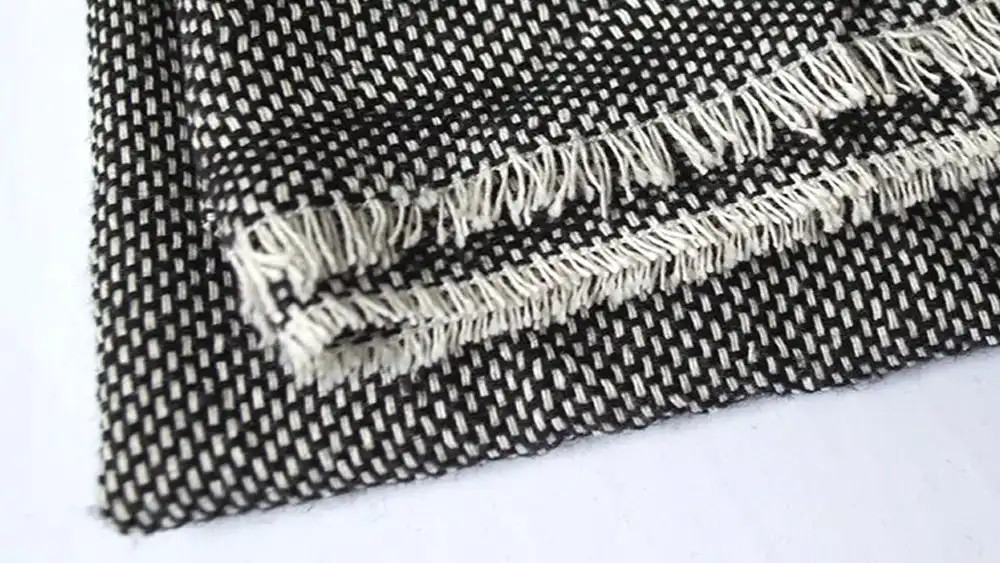
The cost of backing fabric for quilts can vary depending on several factors, including the type of fabric chosen, the quality, the width of the fabric, and the supplier.
On average, backing fabric typically ranges from $5 to $15 per yard. However, prices may be higher for specialty fabrics or designer collections.
Additionally, wider fabrics may cost more per yard but require less yardage overall, potentially offsetting the cost. Quilters should consider their budget and project requirements when selecting backing fabric and factor in the cost per yard accordingly.
What To Use For Quilt Backing
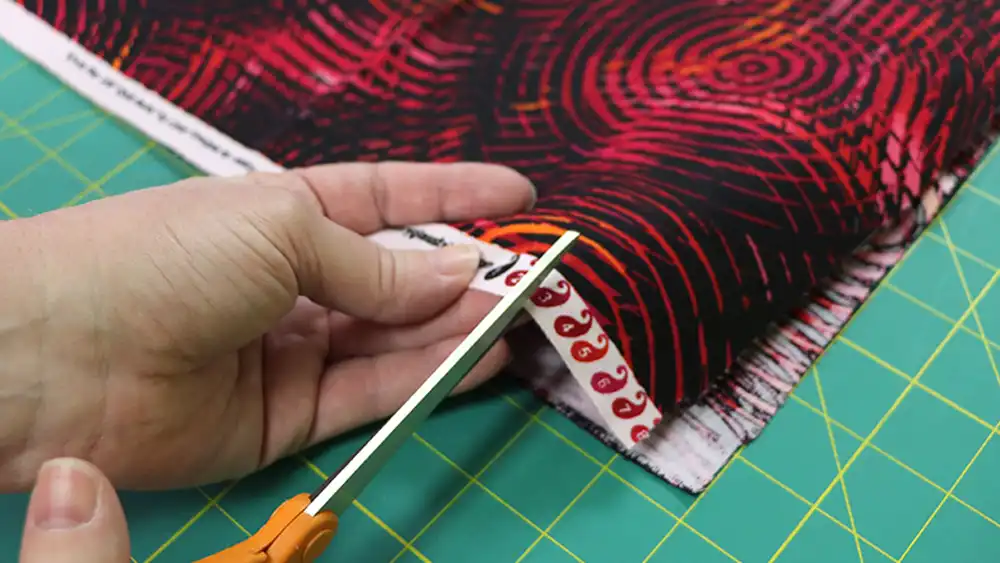
When choosing materials for quilt backing, several options are available to consider based on personal preference, project requirements, and desired outcomes.
Here are some commonly used materials for quilt backing:
- Cotton Fabric: Cotton is a popular choice for quilt backing due to its softness, breathability, and versatility. It comes in a wide range of colors, prints, and textures, allowing quilters to find the perfect match for their quilt top. Cotton fabric is durable, easy to work with, and readily available, making it an excellent option for both beginners and experienced quilters.
- Polyester Blends: Polyester blends are another common option for quilt backing, offering durability, color retention, and wrinkle resistance. Polyester backing fabric is ideal for quilts that will undergo frequent washing or heavy use, as it maintains its shape and appearance over time. It is often chosen for its affordability and wide availability in various colors and designs.
- Flannel: Flannel fabric is prized for its plush texture and warmth, making it an excellent choice for quilt backing, particularly in colder climates. Flannel backing fabric adds a cozy feel to quilts and provides insulation for chilly nights. It comes in a range of solid colors and prints, allowing quilters to customize their creations.
- Muslin: Muslin fabric is a lightweight and affordable option for quilt backing, providing a neutral backdrop that allows the quilt top to shine. Muslin backing fabric is easy to work with and offers a clean and polished finish to quilts. It is often chosen for its simplicity and versatility, making it suitable for a wide range of quilt projects.
Ultimately, the best material for quilt backing depends on factors such as desired texture, color, durability, and budget. Quilters may choose to experiment with different fabrics to achieve the desired look and feel for their quilts, ensuring that the backing fabric complements the overall design and enhances the quilting experience.
Can Bed Sheets Be Used For Quilt Backs

Yes, bed sheets can be used for quilt backs, offering a convenient and budget-friendly option for quilt backing. Bed sheets are often made from cotton or polyester blends, providing a soft and durable surface for quilts. They come in a variety of sizes, colors, and patterns, allowing quilters to find the perfect match for their quilt tops.
Using bed sheets for quilt backs can be particularly beneficial when working on large or oversized quilts, as they typically come in wide widths that minimize the need for piecing or seaming. Additionally, bed sheets are readily available at most home goods stores and can be easily washed and maintained, making them a practical choice for quilt backing.
However, it’s essential to ensure that the bed sheet is properly sized for the quilt and that any seams or hems are removed before use to prevent bulkiness and ensure a smooth finish.
Bed sheets can be a cost-effective and versatile option for quilt backing, providing quilters with an easy way to create beautiful and functional quilts.
Tips for Working with Quilt Backing Fabric
- Pre-wash the Fabric: To prevent shrinkage and color bleeding, pre-wash the backing fabric before incorporating it into your quilt project.
- Pressing and Ironing: Smooth out any wrinkles or creases in the backing fabric using a hot iron, ensuring a flat and even surface for quilting.
- Quilt Sandwich Assembly: Layer the backing fabric, batting, and quilt top to create a quilt sandwich, securing the layers with safety pins or basting stitches before quilting.
- Quilting Techniques: Experiment with various quilting techniques, such as hand quilting or machine quilting, to embellish the quilt backing fabric and add decorative elements.
- Finishing Touches: Trim excess backing fabric and batting after quilting, and bind the edges to create a clean and polished finish.
FAQs (Frequently Asked Questions)
How do I calculate the yardage of quilt backing fabric needed?
To calculate the yardage of quilt backing fabric required, measure the width and length of the quilt top, then add several inches to each dimension to account for seam allowances and shrinkage. Divide the total yardage needed by the width of the backing fabric to determine the number of yards required.
Can I use the same fabric for both the quilt top and backing?
While it is possible to use the same fabric for both the quilt top and backing, it is not recommended for several reasons. Using different fabrics allows for greater design flexibility and visual interest, and it also helps distribute the weight and stress of the quilt more evenly.
Is it necessary to pre-wash quilt backing fabric?
Pre-washing quilt backing fabric is highly recommended to remove any excess dye, shrinkage, or chemical treatments that may affect the appearance and longevity of the quilt. It also allows the fabric to soften and drape naturally, resulting in a more comfortable quilt.
What is the standard width of quilt backing fabric?
Quilt backing fabric typically comes in standard widths ranging from 42 to 108 inches. However, wider widths are available for larger quilts or seamless backing. Be sure to check the specifications of the backing fabric to ensure it meets the requirements of your quilt project.
How can I prevent puckering and distortion when quilting the backing fabric?
To prevent puckering and distortion when quilting the backing fabric, ensure the layers of the quilt sandwich are smooth and taut. Use quilting pins or basting stitches to secure the layers in place before quilting, and maintain even tension while stitching to minimize puckering.
What are the advantages of using flannel backing fabric for quilts?
Flannel backing fabric offers several advantages for quilting projects, including its plush texture, warmth, and cozy feel. It provides insulation during colder months and adds a layer of comfort to the quilt. Additionally, flannel backing fabric is easy to work with and provides excellent grip for machine quilting.
Conclusion
In conclusion, quilt backing fabric plays a crucial role in the quilting process, providing support, stability, and aesthetic appeal to quilts of all sizes and styles. By understanding the various types of backing fabric available and following best practices for selection and preparation, you can enhance your quilting experience and create stunning works of art that stand the test of time.
